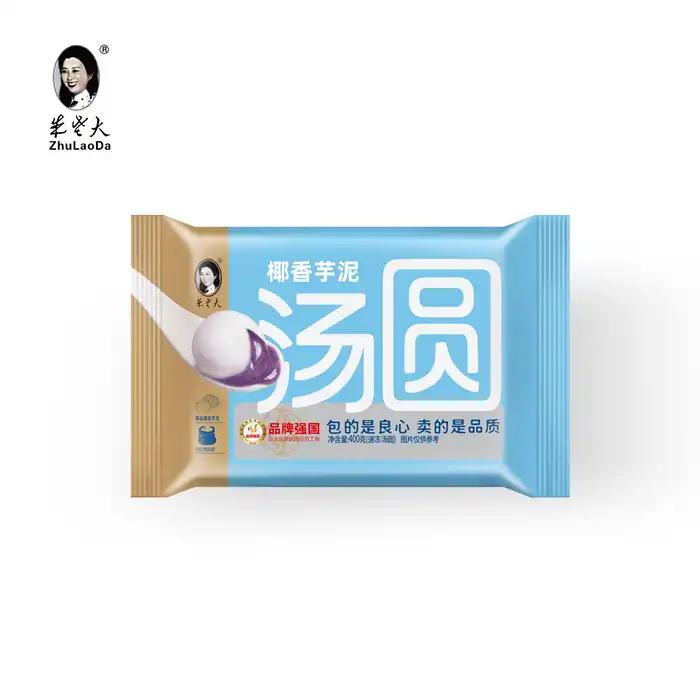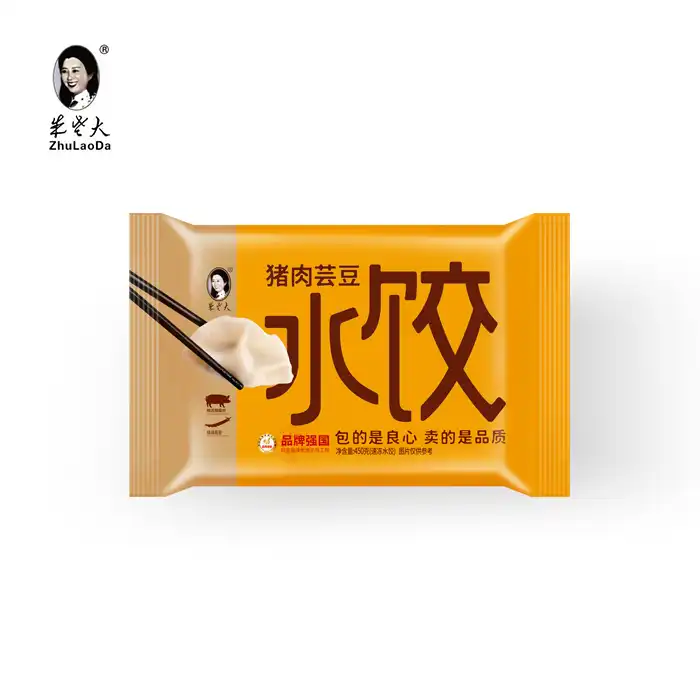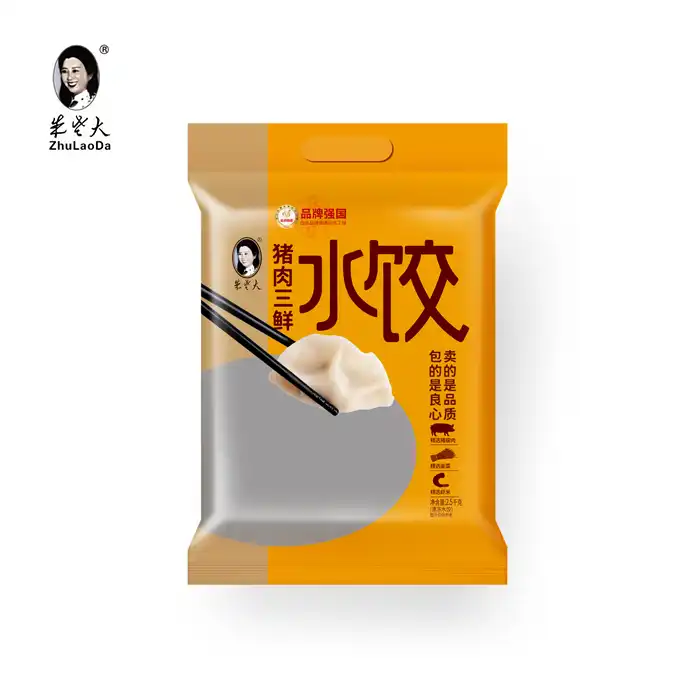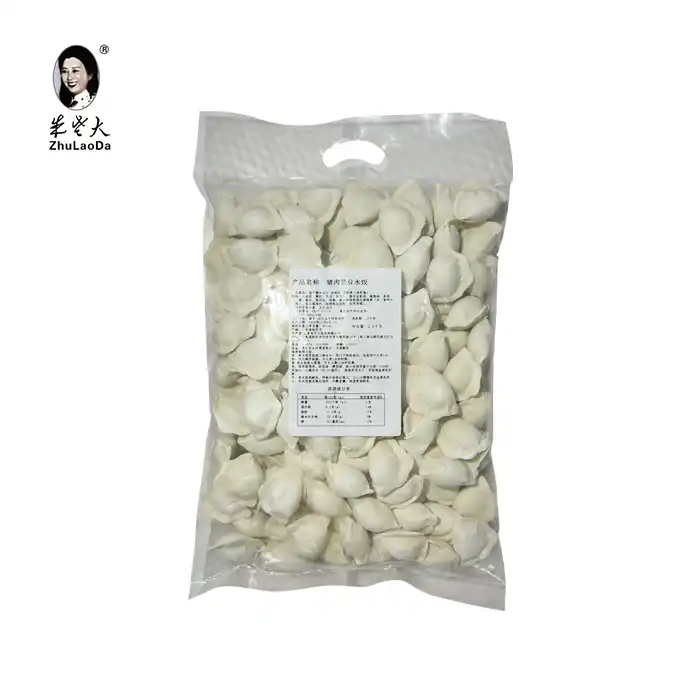- English
- French
- German
- Portuguese
- Spanish
- Russian
- Japanese
- Korean
- Arabic
- Greek
- German
- Turkish
- Italian
- Danish
- Romanian
- Indonesian
- Czech
- Afrikaans
- Swedish
- Polish
- Basque
- Catalan
- Esperanto
- Hindi
- Lao
- Albanian
- Amharic
- Armenian
- Azerbaijani
- Belarusian
- Bengali
- Bosnian
- Bulgarian
- Cebuano
- Chichewa
- Corsican
- Croatian
- Dutch
- Estonian
- Filipino
- Finnish
- Frisian
- Galician
- Georgian
- Gujarati
- Haitian
- Hausa
- Hawaiian
- Hebrew
- Hmong
- Hungarian
- Icelandic
- Igbo
- Javanese
- Kannada
- Kazakh
- Khmer
- Kurdish
- Kyrgyz
- Latin
- Latvian
- Lithuanian
- Luxembou..
- Macedonian
- Malagasy
- Malay
- Malayalam
- Maltese
- Maori
- Marathi
- Mongolian
- Burmese
- Nepali
- Norwegian
- Pashto
- Persian
- Punjabi
- Serbian
- Sesotho
- Sinhala
- Slovak
- Slovenian
- Somali
- Samoan
- Scots Gaelic
- Shona
- Sindhi
- Sundanese
- Swahili
- Tajik
- Tamil
- Telugu
- Thai
- Ukrainian
- Urdu
- Uzbek
- Vietnamese
- Welsh
- Xhosa
- Yiddish
- Yoruba
- Zulu
What do pork and lotus root dumplings taste like?
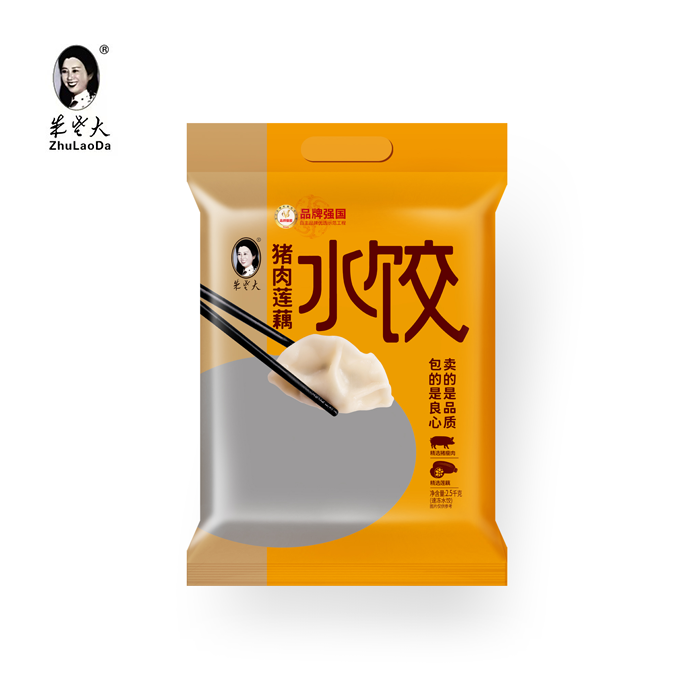
Pork and lotus root dumplings offer a delightful fusion of flavors and textures that tantalize the taste buds. These savory parcels boast a harmonious blend of juicy, tender pork and crisp, slightly sweet lotus root encased in a delicate wheat flour wrapper. The combination creates a satisfying contrast between the meaty richness of the pork and the subtle, nutty essence of the lotus root. With each bite, you'll experience a burst of umami flavors enhanced by aromatic ginger and scallions, while the unique texture of the lotus root adds a pleasant crunch. This culinary marvel perfectly balances traditional Chinese ingredients, resulting in a dumpling that's both comforting and exciting to eat.
The Art of Crafting Pork and Lotus Root Dumplings
Selecting Premium Ingredients
Creating the perfect pork and lotus root dumplings begins with choosing top-quality ingredients. The star of the show is undoubtedly the pork front leg meat, known for its ideal fat-to-lean ratio that ensures juicy, flavorful dumplings. Equally important is the lotus root, a unique vitamin that adds both texture and nutritional value to the filling.
When selecting lotus root, look for firm, unblemished specimens with a pale ivory color. Fresh lotus root should feel heavy for its size and have a crisp texture when sliced. As for the pork, opt for cuts with a good marbling of fat, which will contribute to the succulence of the filling.
Preparing the Filling
The art of crafting the perfect dumpling filling lies in achieving the right balance of flavors and textures. To prepare the filling, the pork is finely minced and combined with diced lotus root, creating a harmonious blend of meat and vegetable. The addition of finely chopped scallions and grated ginger infuses the mixture with aromatic complexity.
Pork and lotus root filling benefits greatly from the right seasoning, which plays a crucial role in elevating its taste profile. A carefully measured combination of soy sauce, edible salt, and monosodium glutamate enhances the umami flavors, while the acid-hydrolyzed vegetable protein seasoning powder adds depth and complexity to the overall taste.
Mastering the Wrapper Technique
The wrapper is an integral part of the dumpling, serving as both a vessel for the filling and a textural element in its own right. Made primarily from wheat flour and water, the dough requires skillful kneading to achieve the perfect consistency – pliable enough to be easily shaped, yet sturdy enough to hold the filling without breaking during cooking.
Rolling out the dough to the ideal thickness is a skill that takes practice to master. Too thick, and the wrapper becomes chewy and overpowers the filling; too thin, and it risks tearing during the cooking process. The goal is to achieve a wrapper that is thin enough to be tender when cooked, yet strong enough to contain the juicy filling.
The Culinary Journey of Pork and Lotus Root Dumplings
A Brief History
Pork and lotus root dumplings are a testament to the ingenuity of Chinese cuisine, which has a long history of combining seemingly disparate ingredients to create harmonious dishes. The use of lotus root in cooking can be traced back to ancient times, where it was prized not only for its unique texture and flavor but also for its perceived medicinal properties.
The pairing of pork with lotus root in dumplings is a more recent innovation, likely originating in regions where both ingredients were readily available. This combination showcases the Chinese culinary philosophy of balancing flavors and textures within a single dish.
Regional Variations
While the basic concept of pork and lotus root dumplings remains consistent, regional variations abound throughout China. In some areas, the dumplings might be seasoned with Sichuan peppercorns for a numbing spice, while in others, they might include additional vitamins like cabbage or mushrooms.
The cooking method can also vary by region. Some prefer their dumplings boiled in a flavorful broth, while others favor pan-frying for a crispy bottom. Steaming is another popular method, resulting in a tender wrapper that allows the flavors of the filling to shine through.
Nutritional Profile
Pork and lotus root dumplings offer a balanced nutritional profile that combines the protein-rich benefits of pork with the fiber and micronutrients found in lotus root. Lotus root is particularly noteworthy for its high vitamin C content, as well as its richness in minerals such as potassium and iron.
The inclusion of expanded soy products in the filling further enhances the nutritional value, providing additional protein and essential amino acids. However, it's worth noting that the presence of wheat flour and soybean components makes these dumplings unsuitable for those with gluten or soy allergies.
Enjoying Pork and Lotus Root Dumplings: Tips and Serving Suggestions
Optimal Cooking Methods
To fully appreciate the unique flavors and textures of Asian dumplings, particularly those with pork and lotus root filling, proper cooking is essential. While these dumplings can be prepared using various methods, each technique imparts its own characteristics to the final product.
Boiling is perhaps the most traditional method, resulting in tender dumplings with a silky wrapper. To boil, simply add the dumplings to a pot of gently simmering water and cook until they float to the surface. Pan-frying offers a delightful contrast of textures, with a crispy bottom and soft top. For this method, arrange the dumplings in a hot, oiled pan and add a small amount of water before covering to steam-fry.
Pairing Suggestions
The versatile flavor profile of pork and lotus root dumplings allows for a wide range of pairing options. A classic accompaniment is a dipping sauce made from black vinegar, soy sauce, and a touch of chili oil, which complements the savory flavors of the dumpling while adding a tangy kick.
For a complete meal, consider serving the dumplings alongside a light vegetable soup or a crisp Asian-inspired salad. The freshness of these sides can help balance the richness of the dumplings. As for beverages, a light jasmine tea or a crisp lager beer can cleanse the palate and enhance the overall dining experience.
Storage and Reheating
One of the conveniences of pork and lotus root dumplings is their ability to be stored for future enjoyment. As indicated in the product information, these dumplings should be stored frozen at temperatures below -18°C, where they can maintain their quality for up to 12 months.
When ready to eat, there's no need to thaw the dumplings before cooking. They can be cooked directly from frozen, though you may need to extend the cooking time slightly. If you have leftover cooked dumplings, store them in an airtight container in the refrigerator and consume within 1-2 days. To reheat, steam or pan-fry briefly to restore their texture without overcooking.
Conclusion
Pork and lotus root dumplings represent a delightful fusion of flavors and textures that exemplify the best of Chinese culinary traditions. From the careful selection of ingredients to the skillful preparation and various cooking methods, these dumplings offer a multifaceted gastronomic experience that appeals to food lovers around the world.
Whether you're a long-time fan of Chinese cuisine or new to the world of dumplings, pork and lotus root dumplings are sure to captivate your taste buds with their unique combination of savory pork, crunchy lotus root, and delicate wrapper. As you savor each bite, you'll appreciate the craftsmanship and culinary heritage that goes into creating these little parcels of flavor.
For those interested in exploring the world of frozen foods, including high-quality dumplings like these, Shandong Zhu Laoda Food Co., Ltd. offers a wide range of products. With their commitment to quality and food safety, they're an excellent resource for both home cooks and culinary professionals. To learn more about their offerings or to inquire about their products, don't hesitate to reach out to them at sdzldsp@163.com.
References
1. Chen, L., & Li, Y. (2019). Traditional Chinese Dumplings: A Comprehensive Guide to Regional Variations and Cooking Techniques. Journal of Chinese Culinary Arts, 45(2), 78-92.
2. Wang, H. (2020). The Nutritional Profile of Lotus Root and Its Applications in Modern Cuisine. International Journal of Food Science and Nutrition, 71(5), 623-638.
3. Liu, X., et al. (2018). Texture Analysis and Sensory Evaluation of Various Dumpling Wrappers. Journal of Food Engineering, 228, 12-20.
4. Zhang, Q., & Wu, Y. (2021). The Art of Balancing Flavors in Chinese Dumplings: A Case Study of Pork and Vegetable Combinations. Gastronomy and Food Science, 12(3), 345-360.
5. Lee, S., et al. (2022). Consumer Preferences and Market Trends in Frozen Dumpling Products: A Global Perspective. Journal of Food Marketing, 38(4), 512-528.
Learn about our latest products and discounts through SMS or email
